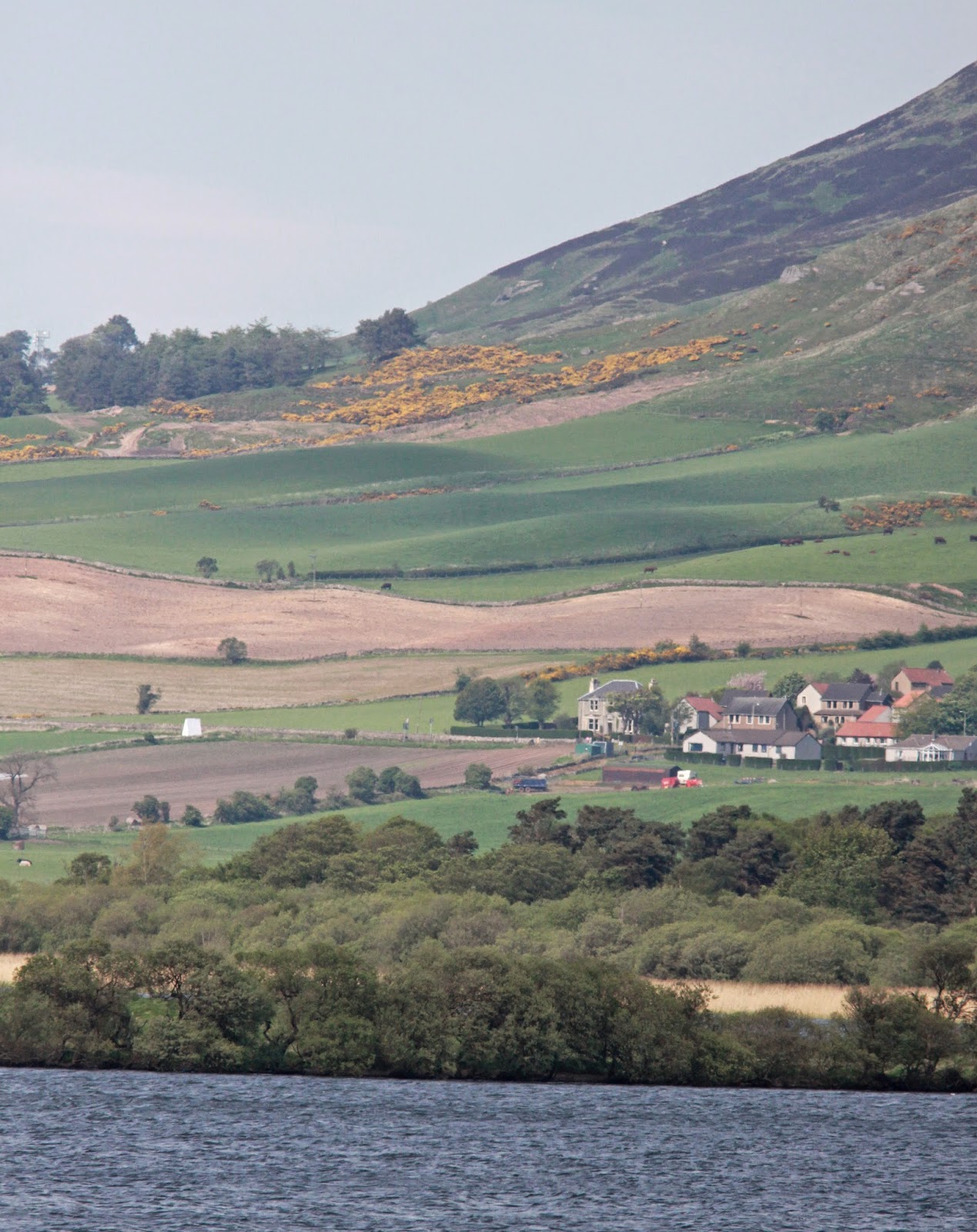Urgent - another plan to develop Top Lodge, Fineshade
Since the end of the last year we've been aware that the Forestry Commission have been working on a plan to build a Forest Holidays site in 70 acres of what's almost certainly ancient woodland here. However, last week a planning application has been submitted for another, completely different, development here. This will not affect the woods directly but will have a big impact on Top Lodge.
The application is for a "Change of use" of the privately owned field immediately in front of the Top Lodge offices and Visitor Centre. See picture attached. It is a proposal for:
"Change of use to lodge camping facility including 30 'glamping' pods, car park, wardens residence, reception, welfare building and associated works."
The entrance and two main buildings will be located close to the Whitebeam tree on the left of the picture.
or use the direct address:
You will find the Design and Access Statement, Ecological Survey and maps in the External Documents.
Or by letter to:
Planning comments,
East Northamptonshire Council,
Cedar Drive,
Thrapston NN14 4LZ.
All comments must include your name and address and the reference 14/00195/FUL. The consultation period ends on 2nd June
For more information about responding to this planning application, or to be kept informed of further developments please send an email to fineshade.wood@zen.co.uk



































